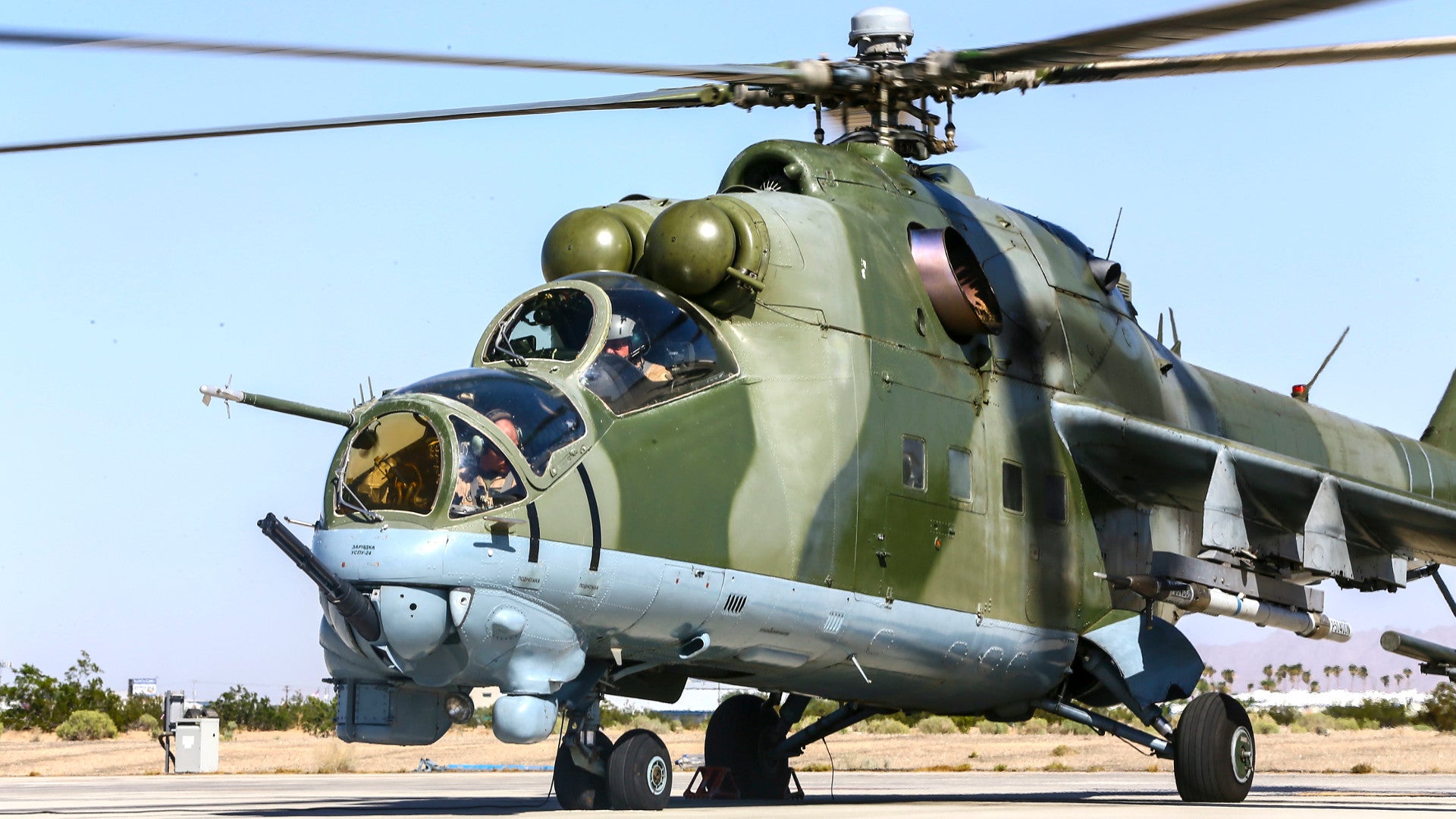The U.S. Marine Corps is looking into whether a contractor might be able to supply Mi-24 Hind gunship or Mi-17 Hip armed transport helicopters to add extra realism to various exercises. Outside companies routinely provide these types of helicopters to play mock enemies at a number of U.S. military training events, but this kind of “adversary” support could become even more relevant as American forces across the services refocus on preparing for high-end conflicts against “great power” opponents, such as Russia.
On April 26, 2018, the Marine Air Ground Task Force Training Command, or MAGTFTC, posted a draft set of requirements on the U.S. government’s main contracting website, FedBizOpps, with the goal of determining whether there were any vendors who might be able to provide the desired training support. The draft documents call for two Mi-24 or Mi-17 helicopters to be available for at least five Integrated Training Exercises (ITX) annually at the Marine Corps Air Ground Combat Center, or MCAGCC, in Twentynine Palms, California.
The proposed contract would include an option for the Marines to send those aircraft to five Mountain Training Exercises (MTX) at the Mountain Warfare Training Center near Bridgeport, California, as well as two Talon Exercises (TALONEX), one each at Marine Corps Air Station Yuma in Arizona and Twentynine Palms. The TALONEXs occur concurrently with Weapons and Tactics Instructor (WTI) course capstone exercises.
The Russian-made Mi-24 and Mi-17 are extremely popular among military and paramilitary forces around the world, large and small, and are among the most likely hostile helicopters Marines might face in any real-world conflict. The massive Hind also has an often overlooked secondary troop-carrying capability in addition to its array of forward-firing machine guns, automatic cannons, rockets, and anti-tank missiles, making it a potentially more complex threat. There is an additional potential option for the contractor to provide a single An-2 Colt biplane – an obsolete, but still potentially dangerous platform you can read about more in depth here – for the pair of TALONEXs, as well.
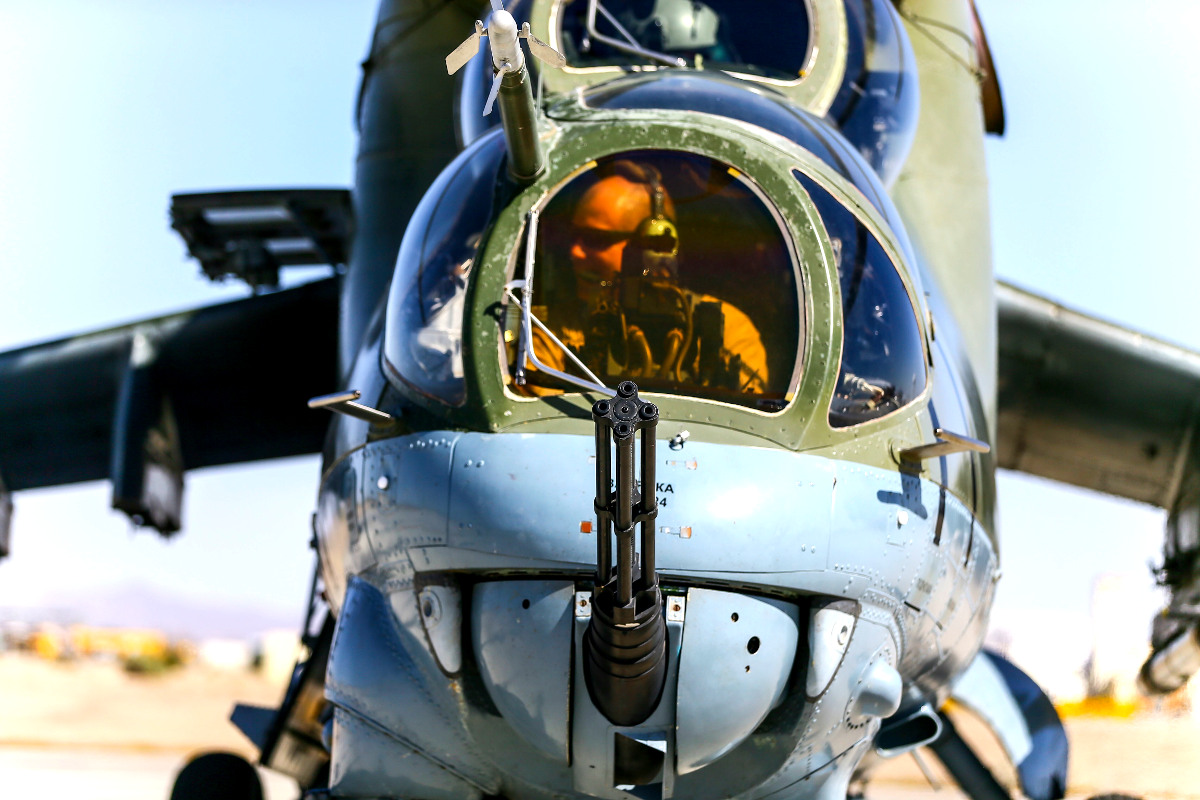
“The attack helicopter will act as an aggressor to interfere with the exercises forces conducting offensive, defensive and stability operations,” the notice said. “This will include potential use during friendly aviation operations in order to force decision making.”
Each ITX is an important part of battalion- and squadron-level activities for units ahead of a deployment as part of a Marine Air Ground Task Force, or MAGTF, such as a Marine Expeditionary Unit embarked on board a group of U.S. Navy amphibious ships. The more than four-week long event consists largely of live-fire training exercises that combine both air and ground elements and include scenarios in simulated urban environments, according to the draft contracting documents.
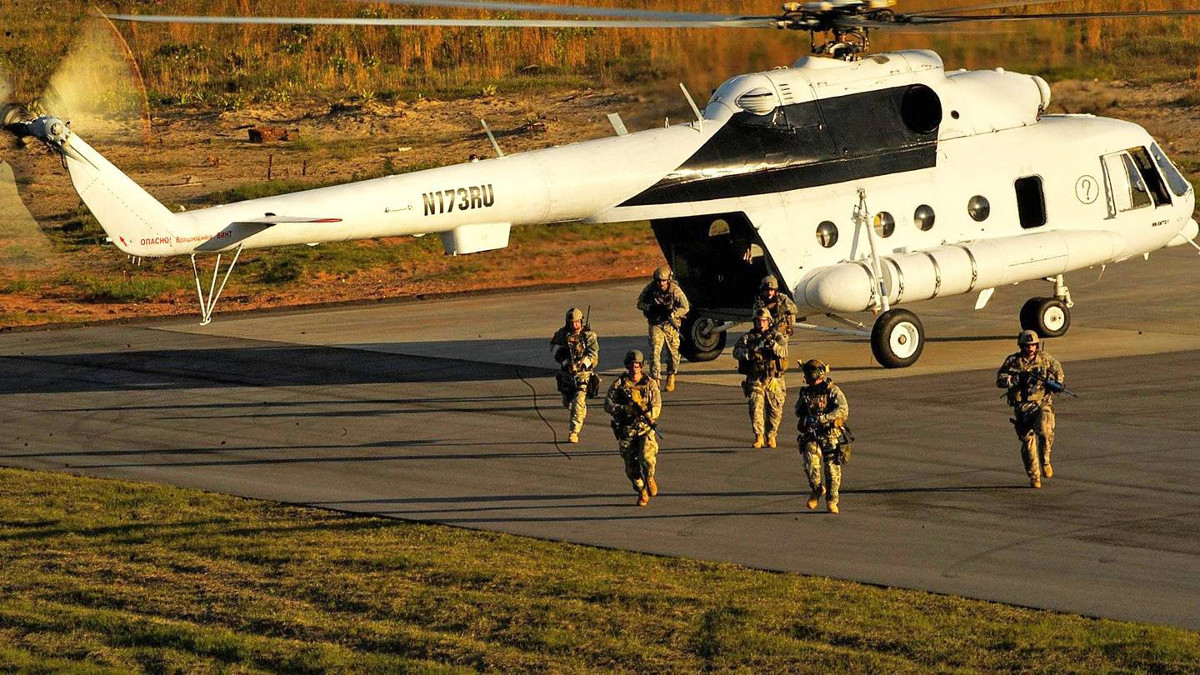
MTXs, which are one day shorter than ITXs, are similar in scope, but occur at the Mountain Warfare Training Center under both high altitude and cold weather conditions. The five-week long TALONEXs are part of the seven-week long WTI course, which pushes aviators in specifically to demonstrate their mastery of combat aviation, tactics application, and battle planning.
“In order to capitalize on all the capabilities that [Marine Corps aviation] has, you have to bring everyone together in one location and plan and execute together,” U.S. Marine Corps Major Brett McGregor explained after graduating from WTI Course 2-14 in 2014. “As a student, it is not a test to see how good they are at flying their aircraft, it’s a test to see how well you can fight with the MAGTF as a whole; how well you can fit into the team and be effective from the bigger picture.”
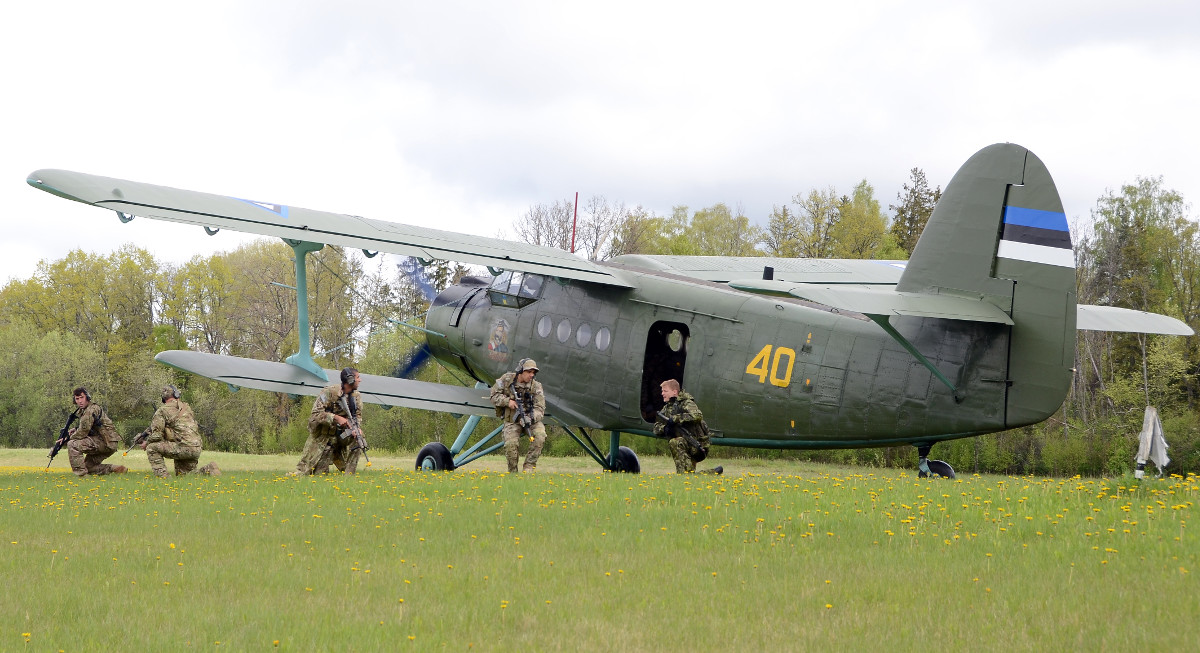
It’s no surprise the Marine Corps wants these exercises to be as realistic as possible in order to both prepare Marines for potential real-world combat situations and to provide an accurate assessment of their skills. The so-called “opposing force,” or OPFOR, is critical to providing this experience.
And private “red air” adversaries have been gaining traction as useful and cost-effective
dissimilar opponents for aerial warfare exercises for some time and it makes sense to employ similar aggressors for air-and-ground training, too. Contractor-operated Mi-24s and Mi-17s, such as Hinds from VTS Aviation in Tacoma, Washington, have made regular appearances at WTI Course events, among other training exercises, for more than a decade for exactly this reason. Having this kind of support on call for more routine exercises can only help improve the quality of training across the Corps.
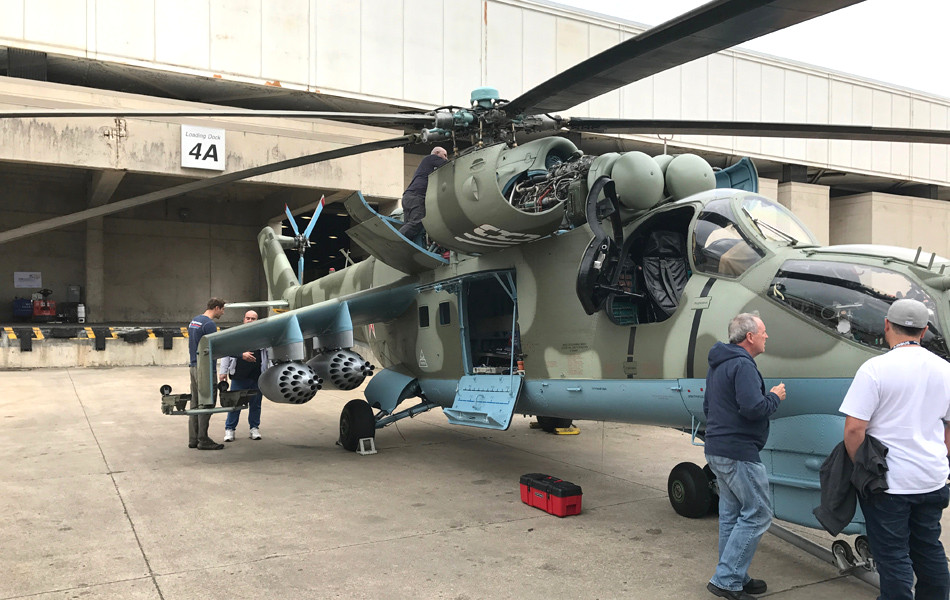
According to the requirements outlined in the draft contract documents, the contractor-flown helicopters would provide a realistic threat, or at least an operational hazard, to friendly fixed- and rotary-wing aircraft in flight or at forward operating sites or refueling and rearming points, as well as ground troops and air defense personnel across the simulated battlefield. Specifically, the helicopters would perform close air support for the OPFOR components on the ground and launch independent attacks on friendly forces, as well as scout and otherwise gathering intelligence on their movements.
The adversary aircraft need to be able to carry standard AN/ASQ-T50(V)2 tracking pods so that they can register “hits” on and from friendly forces. The contractors also need to be subject matter experts who can explain the various features of the aircraft in detailing to the exercise participants, as well as providing instructional flights to interested individuals.
Of course, almost any helicopter can act as a surrogate threat to at least some degree and various U.S. military training centers employ existing American types often with minor modifications and new “enemy” paint schemes in the OPFOR role. Much like the stand-ins in a Hollywood movie, some of these are better than others. UH-72A Lakotas fulfill this role at many U.S. Army facilities, such Joint Multinational Readiness Center in Germany, but do little to truly replicate the sight and sound of potential enemy aircraft.
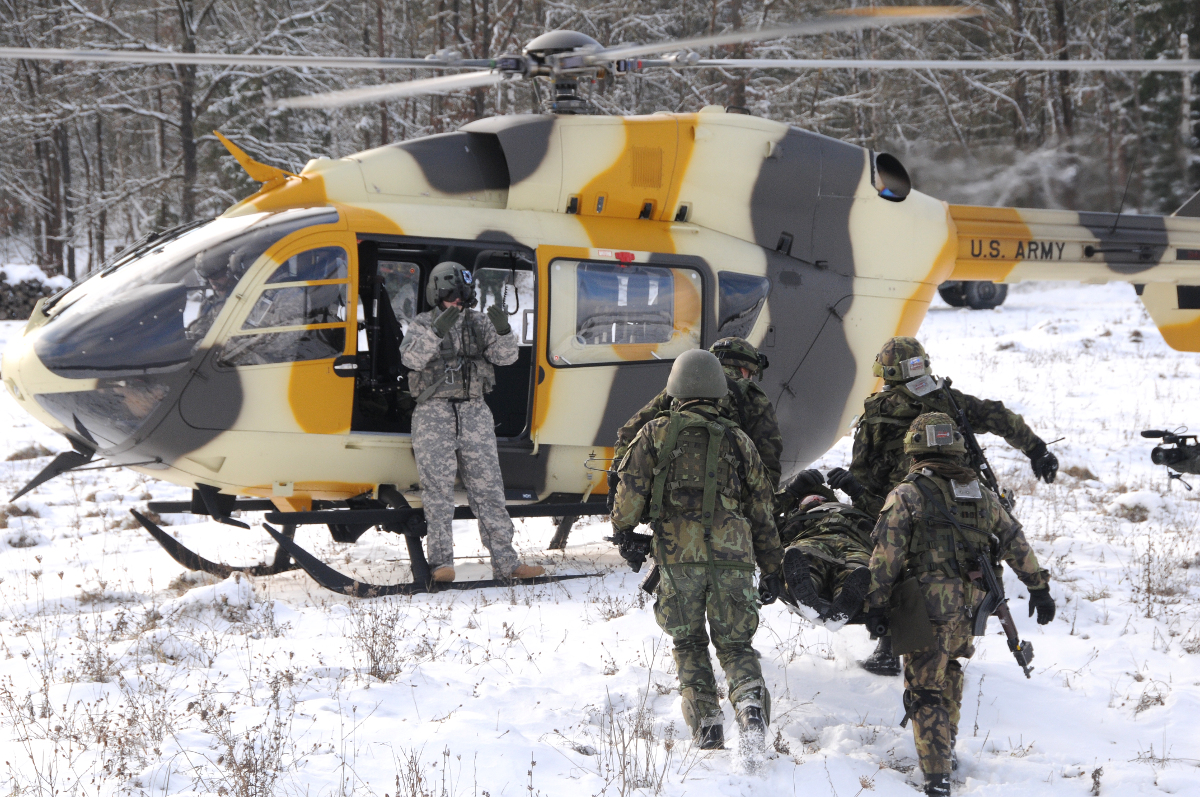
But there’s immense value in being able to train against a mock opponent flying a representative aircraft with its unique performance capabilities and limitations and electromagnetic, infrared, acoustic, and visual signatures. How certain aircraft show up on various sensors is especially important for improving realism, especially when training air defense teams. Staring down a massive Russian Hind in training might help reduce any anxiety or other “buck fever” when facing off against the real thing in combat, too.
“The attack helicopter, due to its size, flight profile, firepower and defensive maneuvering capabilities, constitutes a unique threat creating a realistic, dissimilar and credible Opposing Force (OPFOR) to stress the joint forces conducting Joint Air and Missile Defense Operations,” the draft contract notice stated.

As noted, the Mi-24 and Mi-17 are among the most proliferated armed helicopters in the world, which makes it likely that Marines might encounter them in a variety of conflict situations, both as hostile and friendly assets. Training to fight against them, though, is likely to be increasingly important in light of a U.S.-military wide push to reorient training to focus on fighting larger scale conventional opponents after years of the dominant concern being low-intensity conflicts involving terrorists and other militants.
Immediately after the end of the Cold War, the perception was that the threat of enemy airpower to American forces had largely evaporated. This view has steadily reversed in recent years. There is now an increasing view that the U.S. military may not be universally assured to have air superiority in future conflicts.
This has become especially pronounced after multiple air-to-air engagements over Syria against manned and unmanned aircraft that were threatening American forces. The Syrian government and Russian forces in the country also regularly fly Mi-24s and Mi-17s.
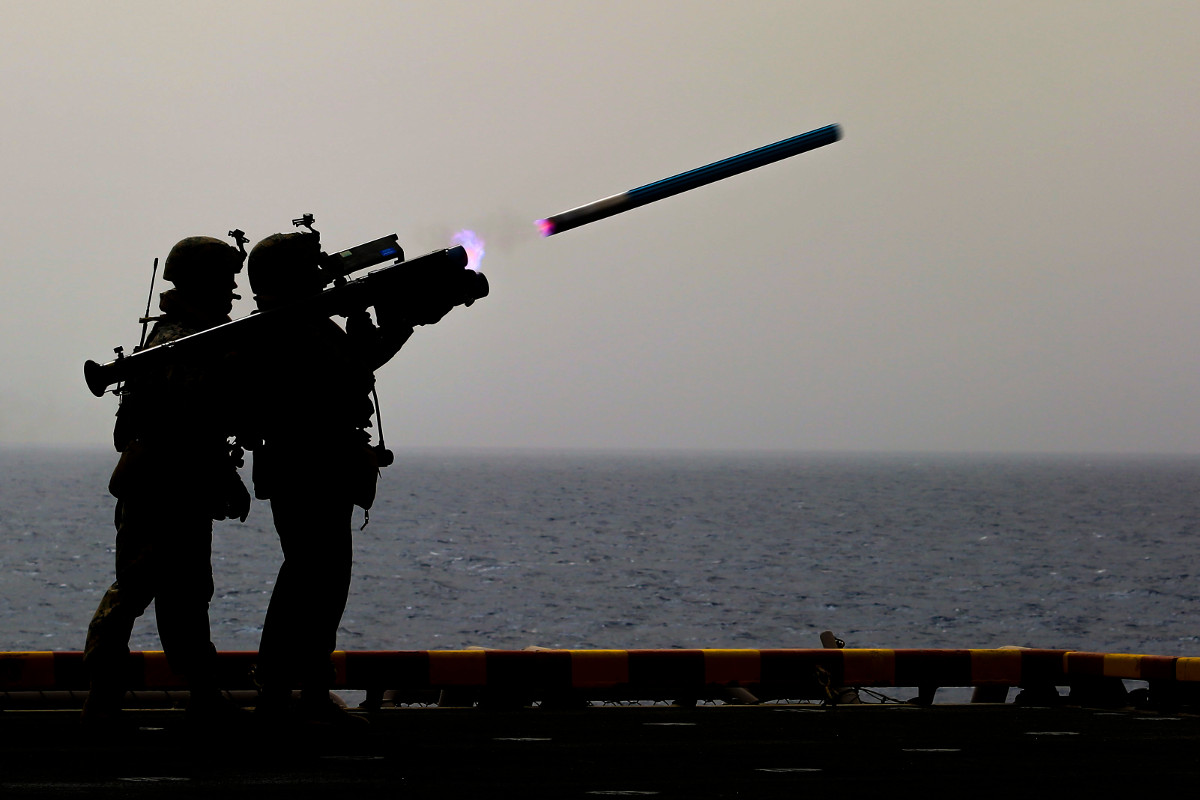
The need for U.S. military forces to reemphasize training to employ short-range air defenses against low-flying aircraft and helicopters, and make sure air defense weapons actually exist to perform that function, in particular, has become a major issue. It has similarly become important again to make sure other ground know how to respond to hostile attack helicopters or enemy air assault forces, or even opposing special operators trying to infiltrate behind the front lines in an old An-2. And for a MAGTF’s air component, low- and slow-flying helicopters can also present a particularly challenging threat for both fast-moving jets and other helicopters to respond to, making real enemy type helicopters especially valuable targets to have at the various exercises.
Having Mi-24s or Mi-17s at routine ITX, as well as other exercises such as the MTXs and TALONEXs, can only give Marines a better opportunity to train against realistic threats. It’s definitely better for Marines to get as much experience as they can against these potential threats in training than have an enemy catch them completely off guard in an actual conflict.
Contact the author: jtrevithickpr@gmail.com
